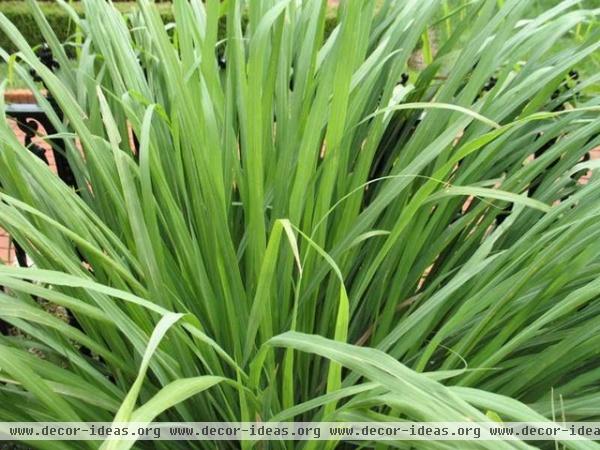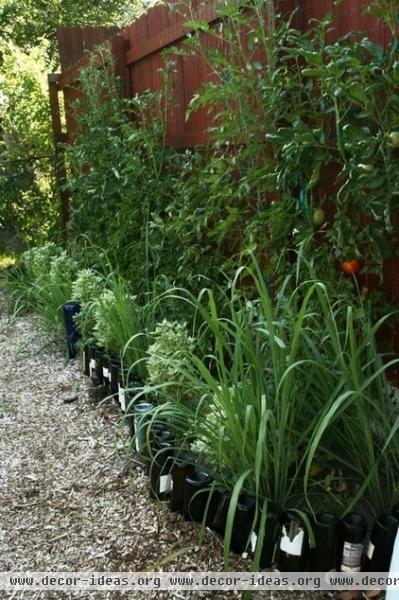Herb Garden Essentials: Grow Your Own Zesty Lemongrass
http://decor-ideas.org 08/23/2013 06:20 Decor Ideas
This sturdy herb can easily be mistaken for an ornamental grass, but unlike most other grasses, this one is edible and is a staple in Southeast Asian and other tropical cuisines. The plants usually reach 3 to 4 feet tall — some shoot up even higher — and spread to 3 feet wide. The ½- to 1-inch-wide leaves and bulb-like base look much like those of a very green onion or leek.
Numerous species are available, but the most widely grown is West Indian lemongrass (Cymbopogon citratus). You may find seeds for East Indian lemongrass (C. flexaosus) as well. Another family member, C. nardus, is best known by its common name, citronella.

Light requirement: Full sun to partial shade
Water requirement: Regular
Prime growing season: Spring through fall
Favorite: West Indian

Planting and care: It's best to plant West Indian lemongrass from cuttings or divisions, though you can find seeds for East Indian lemongrass. You can also root lemongrass stalks you find in grocery stores and specialty markets.
Plant when the danger of frost has passed and the soil temperature reaches 55 degrees Fahrenheit (13 degrees Celsius). Choose a spot in full sun to partial shade with well-composted, well-draining soil. Bury stalks 3 inches deep or sow seeds 2 inches deep. Provide regular water and add a high-nitrogen fertilizer once a month during the growing season.
Lemongrass has antifungal and antibacterial qualities, and as a result is fairly pest free. Take care when working around it, as the grass blades can have sharp edges and may cause irritation.
Lemongrass, with its tropical origins in Southeast Asia, does best in very mild climates, although it will die back and revive in spring in somewhat colder climates. You can also grow it in a pot and bring it inside during winter. Another option is to grow it as an annual.
Harvest: You can begin to harvest once the plant reaches a foot in height and the blades are about ½ inch thick. Cut off the stems just above ground level.
Use the bottom third of each stalk; the rest of the blade is very tough. Peel off the outer sheathing and pound or mash the inner stem to release the oils. You can also finely mince the inner stem to use in cooking, but it can be very tough to chew. Keep the pieces very small or remove them before serving.
Lemongrass is best fresh, but you can dry or freeze the stalks to preserve them.
Related Articles Recommended












